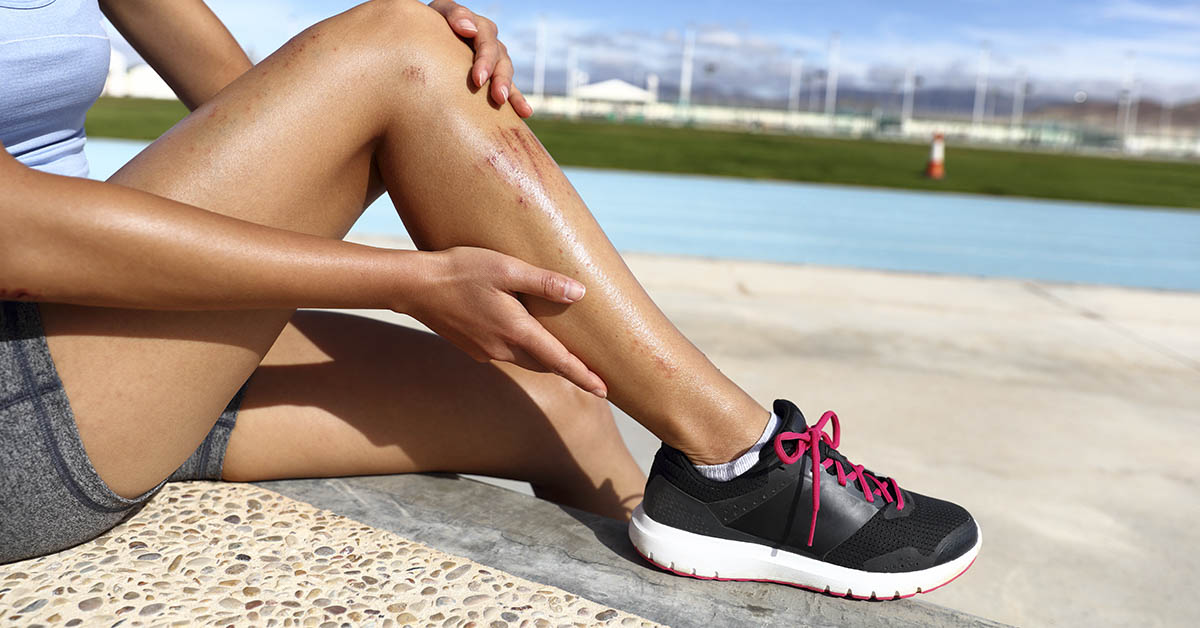Scars – we’ve all got them, particularly scars on our legs. Whether they’re from the rough-and-tumble nature of childhood, playing sports, or simply being clumsy, chances are you’ve got one or two (or more) on your lower limbs. The worst part is that they don’t ever seem to go away. If you’re sick of looking at scars and marks on your legs every time short weather comes around, then keep reading. This article discusses various ways to reduce the appearance of scars.
How To Help Get Rid Of Scars On Your Legs
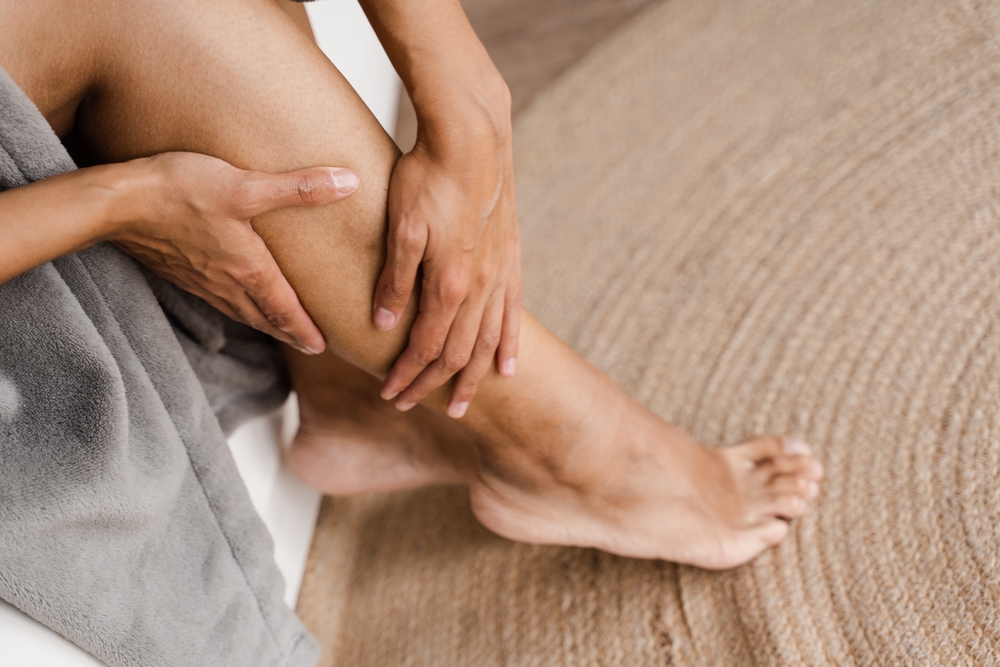
There are many ways to reduce or get rid of leg scars. These include daily sunscreen use, aloe vera gel or vitamin E oil, polyurethane dressings, pulsed-dye lasers (PDLs), laser resurfacing, apple cider vinegar, rosehip oil, and vitamin supplements. Some of these are at home, and for others, you will have to visit a clinic. Each of these methods can help to reduce skin discoloration and help to heal the skin, thereby helping to fade leg scars. (1)
Read More: Childhood trauma leaves scars that are genetic, not just emotional, study affirms
1. Sunscreen
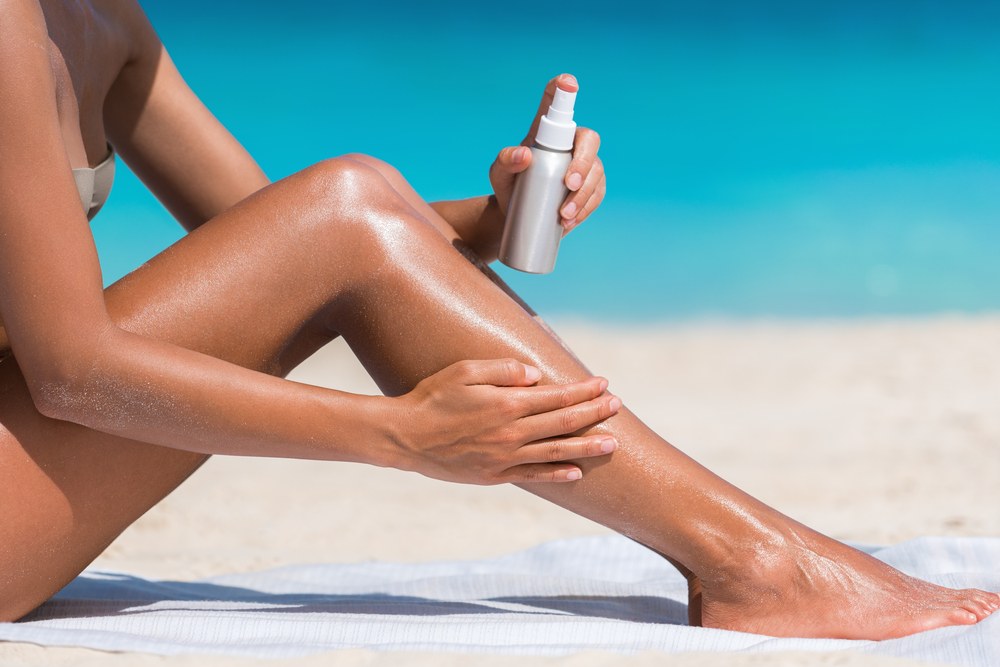
First and foremost, sunscreen should be a regular part of your skincare routine, scars or not. If you have scars, applying sunscreen is important to prevent them from worsening. Applying sunscreen daily is essential for protecting the skin from further damage and will help prevent new scars from forming. This is especially so for new cuts and marks as they are healing.
2. Aloe Vera and Vitamin E

You probably have already heard of applying aloe vera gel to sunburns. Perhaps you’ve even used this method before. Truthfully, however, you can use aloe to promote skin healing for many different reasons, not just sun damage. Vitamin E has also shown to have many benefits for the skin, though conclusive evidence on scar healing has not yet been published. For daily use, moist, flexible pads can be used with aloe vera gel or vitamin E oil to reduce the appearance of scars on your legs. Additionally, polyurethane dressings have been found to be very effective in helping to reduce scarring.
3. Pulsed Dye Lasers (PDL)
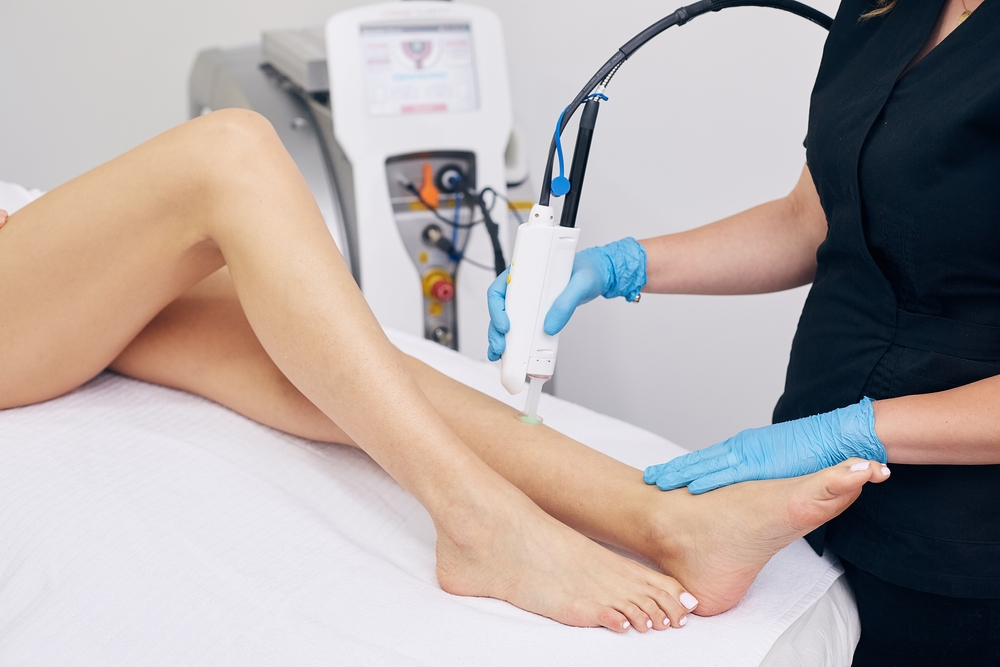
Induced Pulsed Dye Lasers (PDL) can flatten raised scars and induce microscopic areas of new collagen formation. This helps reduce the appearance of indented scars. It is important to note that PDL treatments are not suitable for all skin types and may not be as effective on older or deeper scars.
4. Massage
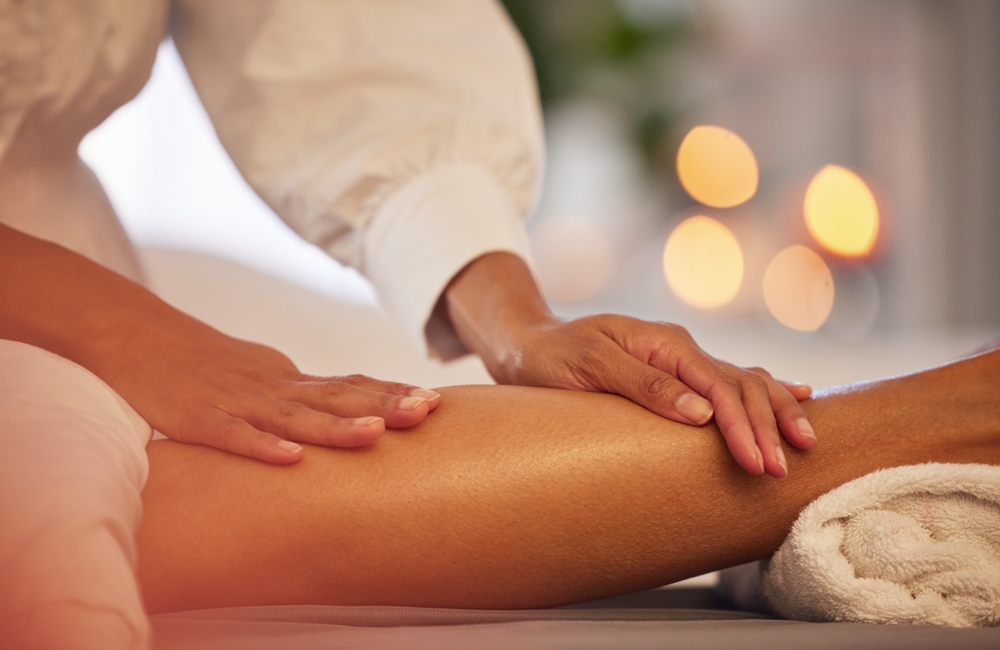
Gentle massage techniques can help to loosen the depressed area of the scar and encourage new wound formation to heal the affected area. Massage also helps prevent scar tissue from sticking to blood vessels, tendons, muscles, nerves, and bones. You can get professional massages done, or you can do it yourself. Make sure, however, that you speak to a professional about proper technique so that your self-massage will actually be effective.
Read More: Teen Spends 2 Nights in Burn Unit After Run-In With Giant Hogweed Plant
5. Exfoliation
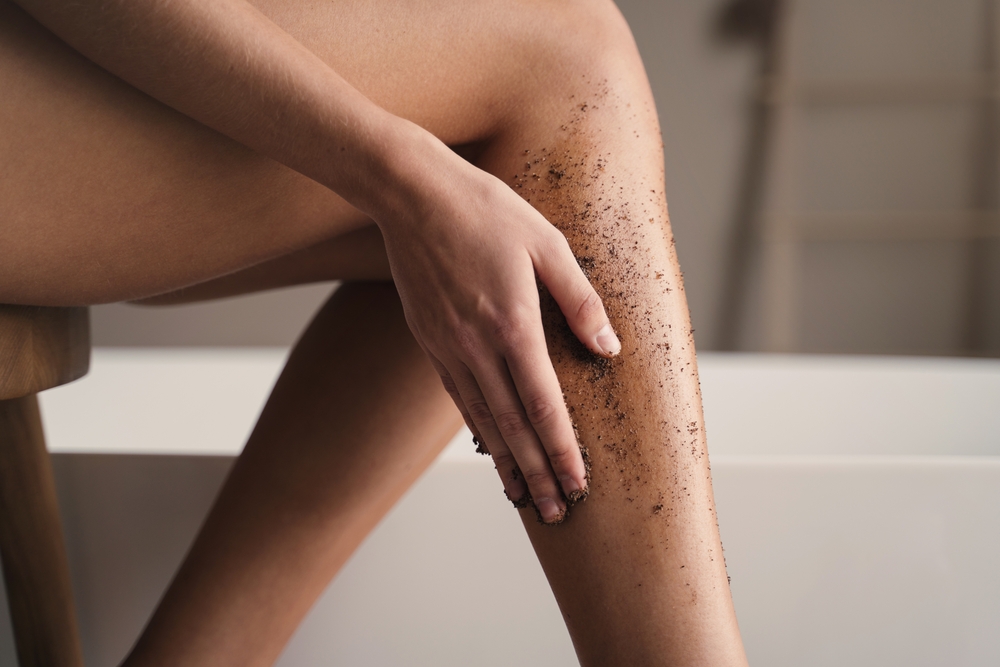
Regular exfoliation is important to remove dead skin cells. This allows for better absorption of skin care products and can help reduce collagen buildup in the affected area. To exfoliate properly, use an exfoliating cleanser and a loofah. Gently scrub the scars and the area around them. Rinse off, dry the area completely, and then moisturize with a hydrating moisturizer. Repeat this every three days. (2)
6. Laser Resurfacing
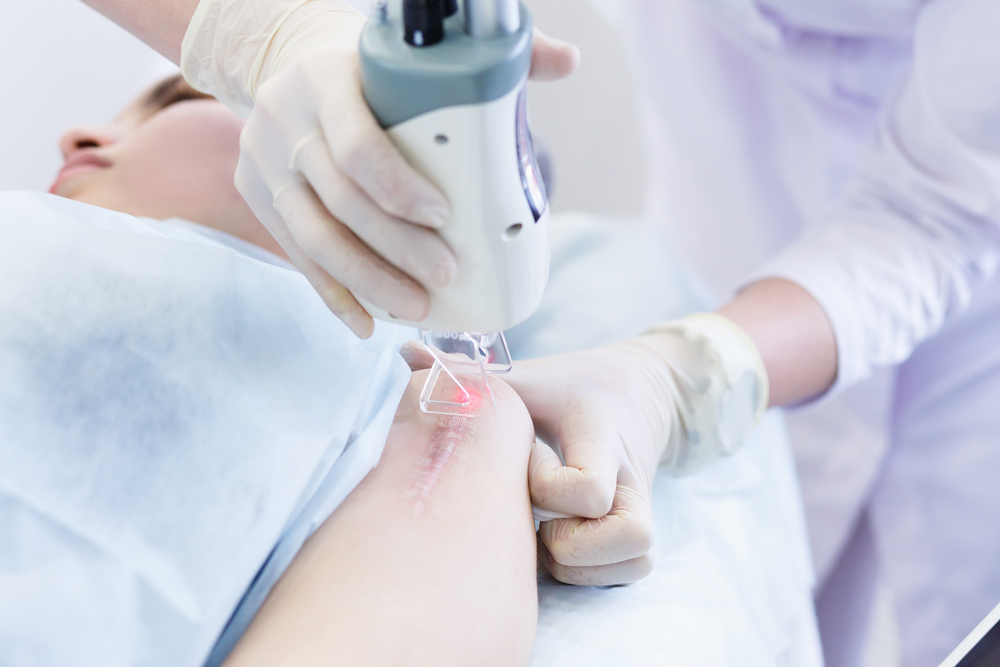
Laser resurfacing is a technique that helps eliminate scars by removing a top layer of dead skin and encouraging your skin to create healthy new skin cells. This procedure is used to reduce the appearance of scars on your legs. However, it can be expensive and may not be suitable for everyone. Be sure to go to a trusted, certified professional for this procedure. (3)
7. Chemical Peels
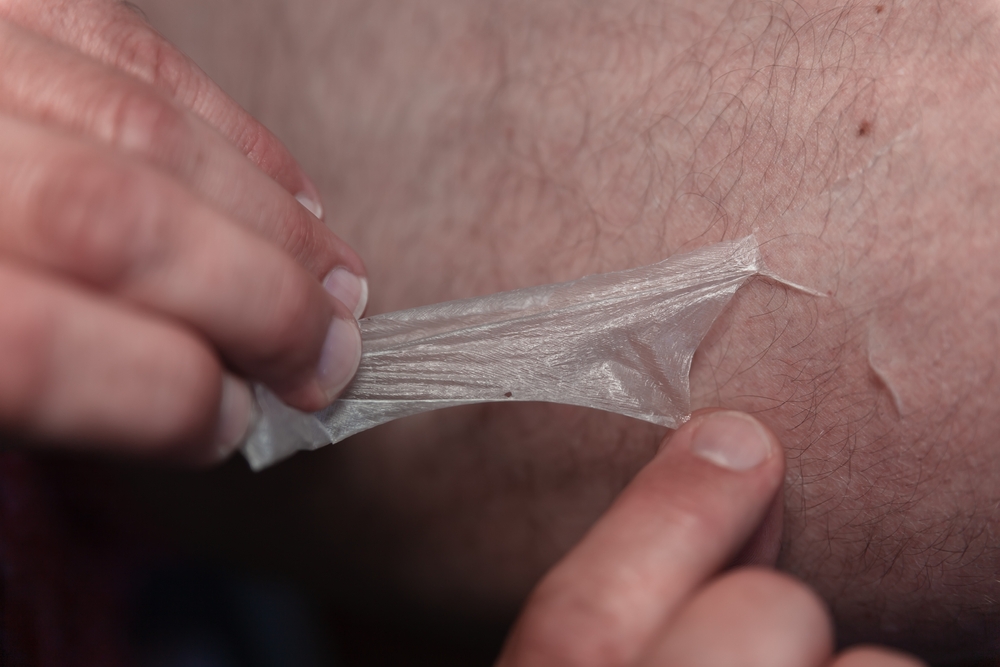
Chemical peels dissolve the outermost layer of skin. This increases cell turnover and helps to reduce the appearance of scars over time. Again, be sure to go to a licensed professional for these treatments. Also, chemical peels tend to work better on lighter skin than they do on darker skin tones.
8. Fillers and Injections
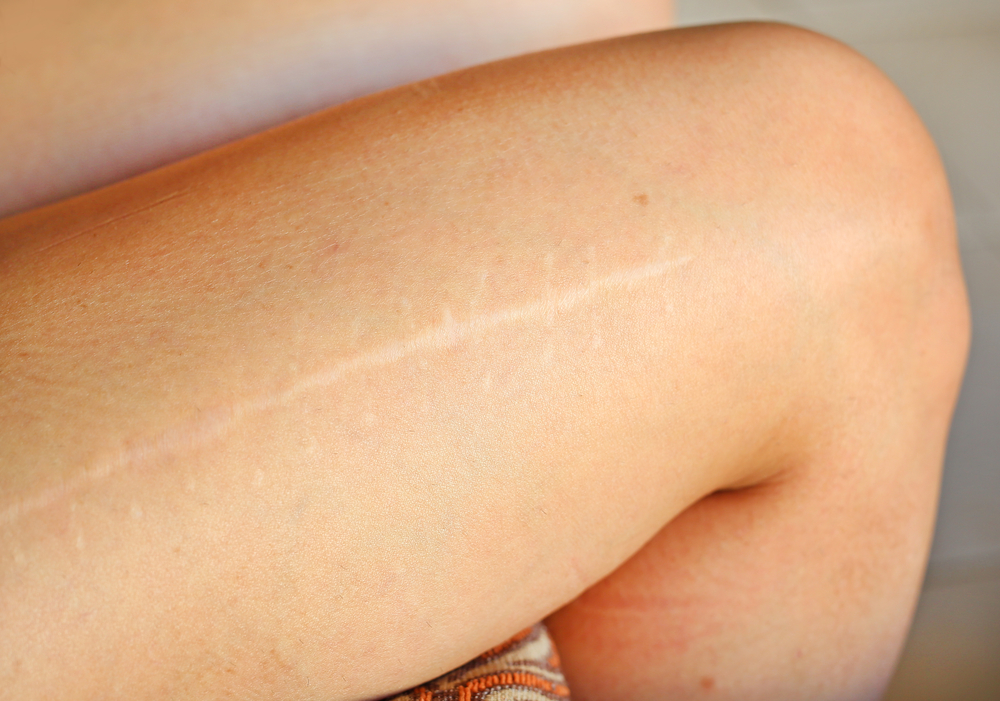
These are usually made from hyaluronic acid, which organically forms in your body. They can help to plump deep scars. Always go to a doctor or a licensed dermatological professional for these treatments.
9. Diet and Supplements

What you put into your body can greatly impact your skin’s ability to heal itself. Taking vitamin supplements and using apple cider vinegar can also help improve your scars. Additionally, you can use chemical exfoliants to eliminate dead skin cells and leave your skin looking clearer. Rosehip oil is another great way to reduce the appearance of scars and blemishes. Rosehip oil is rich in antioxidants and essential fatty acids that help to nourish, repair, and restore the skin’s structure. It helps to reduce the appearance of scars, blemishes, and wrinkles while promoting healthy skin formation.
Combine Methods For The Best Results
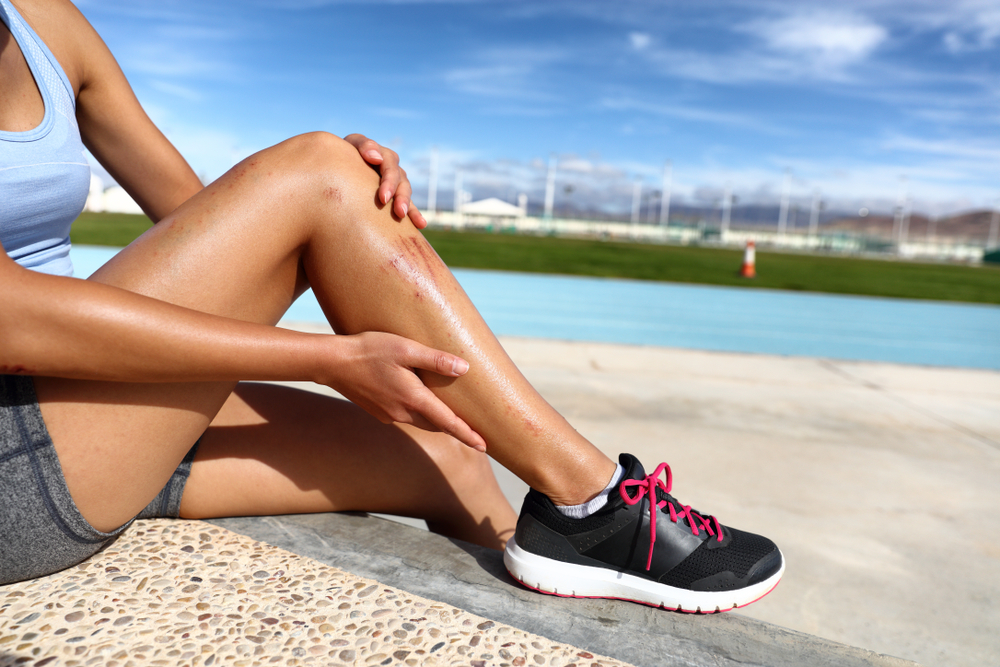
The most effective way to remove unwanted scars on your legs is to treat them with multiple treatments that target different types of scars. You can use plenty of natural healing processes to help remove unwanted scars on your legs. Boosting your immunity and treating inflammation is key in preventing scarring and helping wounds heal quickly. Diluted tea tree oil has inflammatory properties that can reduce swelling. Its antifungal effects help fight off infections, making it a promising option for removing unwanted scars on your legs.
Dermatological procedures and cosmetic procedures may also be what you need to get rid of your leg scars. Laser treatments are also effective in removing unwanted scars on your legs. Employing laser therapy such as profractional TM laser therapy or restore laser therapy can help to remodel collagen, stimulate remodeling and production of new tissue, and minimize the appearance of scar tissue.
Again, doing all of these in combination with a healthy diet will promote skin healing. So be sure that you are eating a skin-healthy diet (disclaimer: This is the same as a generally healthy diet), get proper sleep, drink lots of water, and get regular exercise, and the scars on your legs will heal.
Read More: Are Essential Oils Risky? What to Be Aware Of, And Use Best Practices
Sources
- “How to Remove Scars on Legs.” Healthline. Ana Gotter. November 30, 2018.
- “How to get rid of scars on legs: Natural and medical remedies.” Medical News Today. Jayne Leonard. July 20, 2020.
- ” Remove Old Scars: Top 10 Medical Remedies Plus Natural Options.” Healthline. Scott Frothingham. March 21, 2022.
